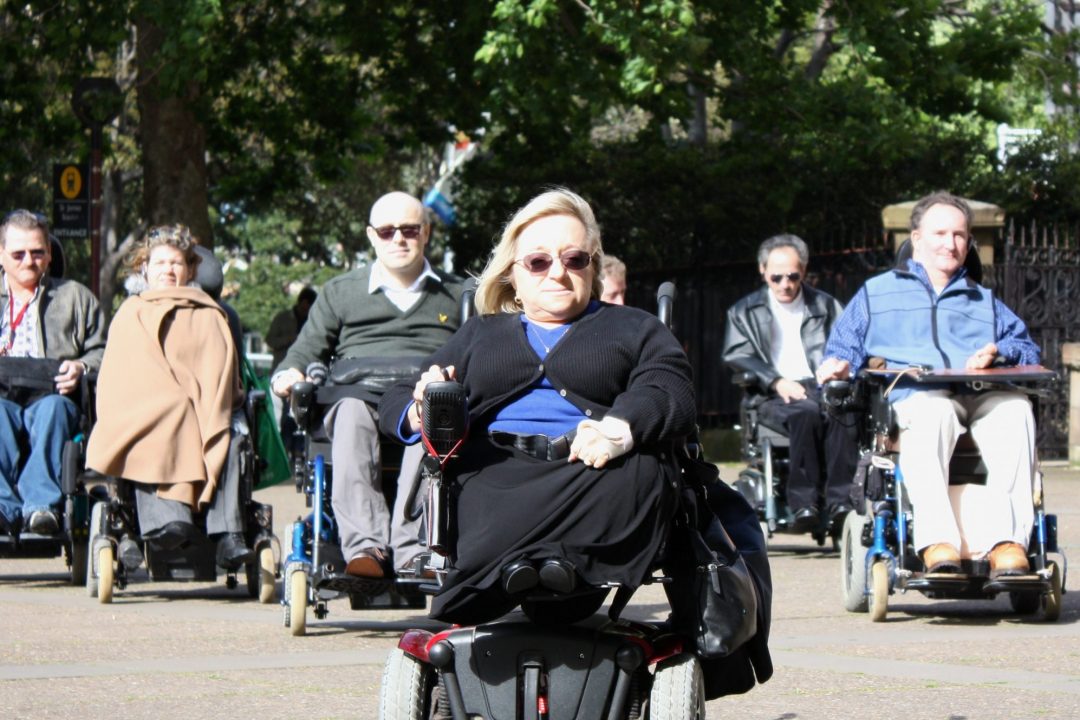
The use of costs cap orders is becoming a
particularly useful tool to bring public interest litigation.
The
Federal Court’s support for a cost cap in Julia
Haraksin’s disability discrimination complaint against the bus company Murrays
Australia Ltd has national ramifications for public interest litigation.
Ms Haraksin (pictured, centre) had applied for the court to set
an upper limit of $15,000 as the maximum amount of legal costs she would incur
if she failed in her disability discrimination claim against Murrays. Murrays opposed the cost cap application.
Justice Nicholas delivered his ruling on the
application on 20 October 2010. He said ‘the interests of justice’ favoured
making an order of the kind sought by Ms Haraksin, except that it should be for
$25,000 rather than $15,000.
‘I am satisfied that there is a public
interest element in this case. And I am also satisfied that the case is brought
by the applicant in good faith,’ Justice Nicholas said.
Two months earlier, the Federal Court made a
costs cap order in a separate disability discrimination case
against two taxi networks and the NSW Department of Transport and
Infrastructure. In that case, the respondents consented to a costs cap of
$15,000.
A costs cap order is one way that a potential
litigant, who wishes to bring an important case in the public interest, can
limit their exposure to an adverse costs order.
It is particularly useful in discrimination
cases because individuals who bring complaints in the Federal Court alleging
discrimination face an order to pay the other party’s costs if they are
unsuccessful. This presents a significant financial risk and dissuades many
people from bringing complaints to the Federal Court.
The first time an order of this kind was made
by the Federal Court in a human rights case was in 2008. In that case, Corcoran v Virgin Blue,
PIAC successfully argued that the costs should be capped, in part because the
case raised important public interest issues.
To date, Australian courts have ordered that a
cost cap should apply to all parties in the proceedings equally. This means if
the applicant is successful in their claim, the amount of costs they can
recover is also capped.
However, the English Court of Appeal has
recognised that in some circumstances public interest litigants should be able
to recover their full legal costs if successful, even if the costs they might
be ordered to pay if unsuccessful are limited.
A decision of the NSW Court of Appeal, the
first decision of a higher court that has considered costs caps, suggested that
the question whether a cost cap should apply to both sides remains open for
argument. In that case, the Blue Mountains Conservation Society and the
Environmental Defender’s Office successfully obtained a cost cap
in its case against Delta Electricity.
The use of costs cap orders is becoming a
useful tool to bring public interest litigation. A current NSW Law Reform
Commission inquiry is considering the issue of costs, including in public interest litigation.
Photo of Julia Haraksin by Scott Parker.
Return to People power: commitment, energy and dedication
Return to Celebrating 30 years of public interest advocacy